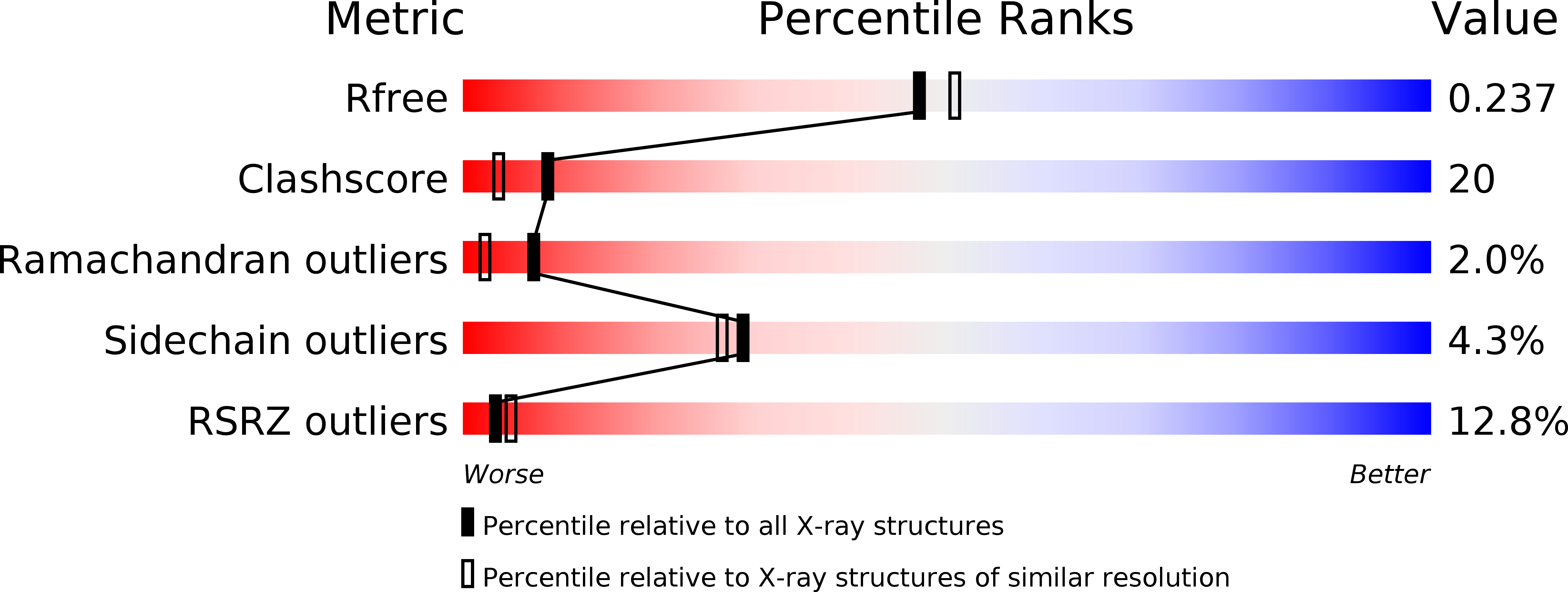
Deposition Date
2012-01-24
Release Date
2012-06-20
Last Version Date
2023-09-13
Entry Detail
PDB ID:
4DG1
Keywords:
Title:
Crystal structure of HIV-1 reverse transcriptase (RT) with polymorphism mutation K172A and K173A
Biological Source:
Source Organism:
Human immunodeficiency virus type 1 (Taxon ID: 11678)
Host Organism:
Method Details:
Experimental Method:
Resolution:
2.15 Å
R-Value Free:
0.24
R-Value Work:
0.23
R-Value Observed:
0.23
Space Group:
C 1 2 1


